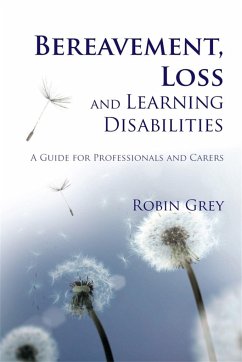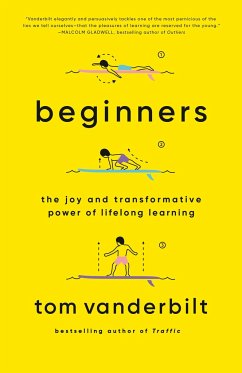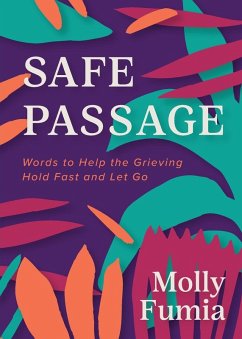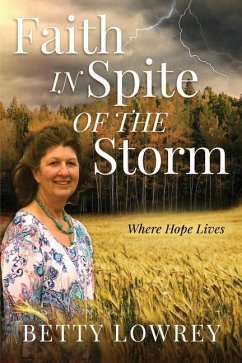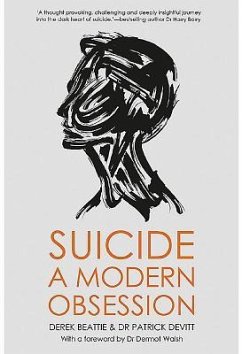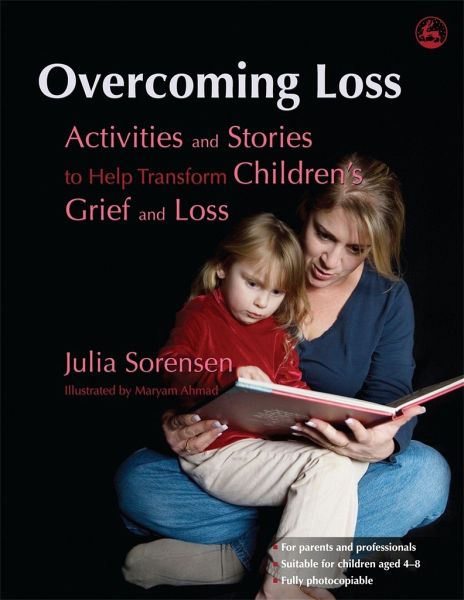
Overcoming Loss
Activities and Stories to Help Transform Children's Grief and Loss
Versandkostenfrei!
Versandfertig in über 4 Wochen
37,99 €
inkl. MwSt.

PAYBACK Punkte
19 °P sammeln!
This book is a photocopiable resource that addresses childrens' feeling of loss, arising from many causes. Designed to encourage social and emotional learning, these exercises use play, art and story-telling to access the ways in which children naturally express their feelings, offering ways to direct the child towards understanding their emotions.



